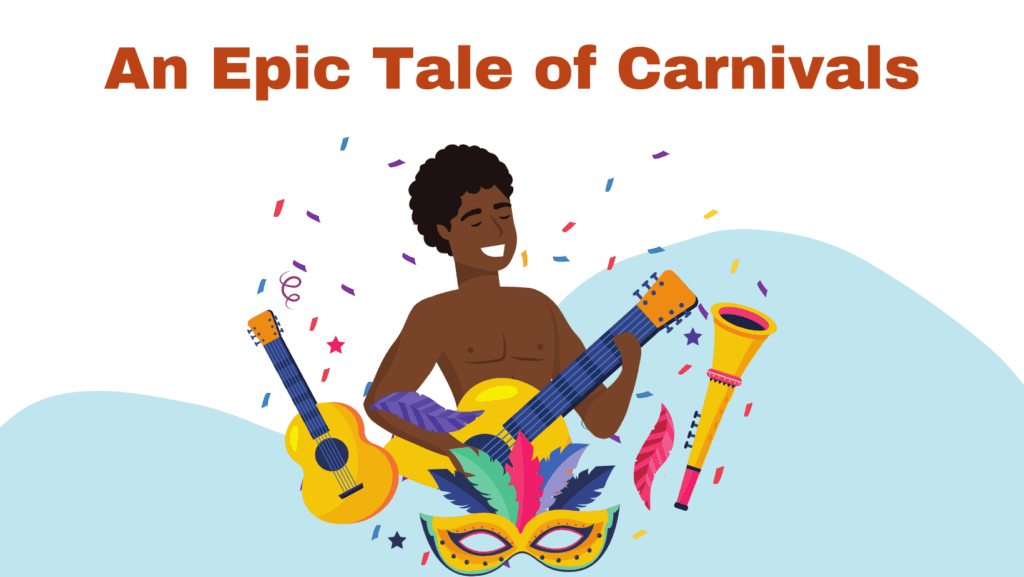
Unleashing the Party Animal in You!
Hey there, party enthusiasts, curious minds, and those desperately in need of a break from adulting – buckle up, because we’re about to embark on a journey into the vibrant and wild world of carnivals! And hey, if you’ve ever dreamt of salsa dancing with a pineapple on your head, you’re in for a treat!
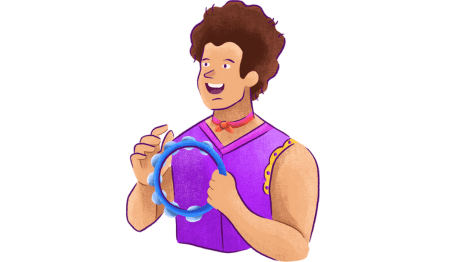
The Carnival Quest Begins
So, picture this: a time-honored tradition where people swap their everyday attire for sequined wonders, bedazzled masks, and costumes that could make Lady Gaga blush. Yes, folks, we’re talking about carnivals – the ultimate fiesta where inhibitions go to hibernate.
Why, you ask? Well, my carnival-curious comrades, let’s dive into the abyss of festive history!
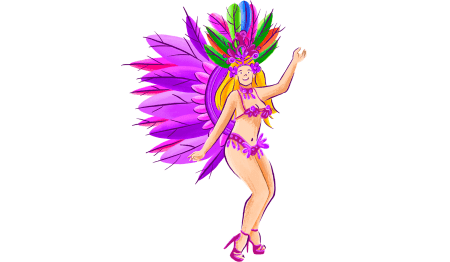
The Birth of Carnivals
Because who needs Netflix when you have a centuries-old fiesta? The origins of carnivals are so ancient that if they were a rock band, they’d have a greatest hits album featuring mammoths as backup dancers.
We’re talking celebrations that go way back, setting the stage before the Christian community decided 40 days of fasting and reflection were a good idea (spoiler: they were wrong). Now, let’s embark on a quest to uncover the mystical origins of carnivals:
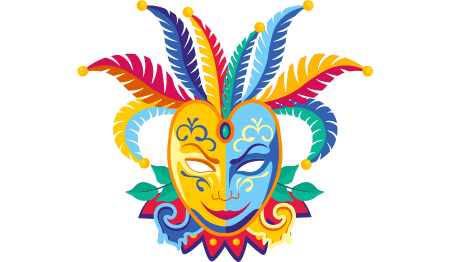
Pagan Raves: where dancing kept evil spirits on their toes. Picture this: ancient people throwing festivals to celebrate the changing seasons and the arrival of spring. These pagan shindigs included rituals to scare away bad spirits and welcome fertility and renewal. Forget disco balls; they had rituals to make ghosts groove.
Roman Ragers: When Saturn was the ultimate party animal! Back in the Roman Empire, they hosted the Saturnalia – festivals honoring the god Saturn. Banquets, games, and joyous activities were on the menu. Basically, it was a toga party meets a dance-off, and Saturn was the DJ.
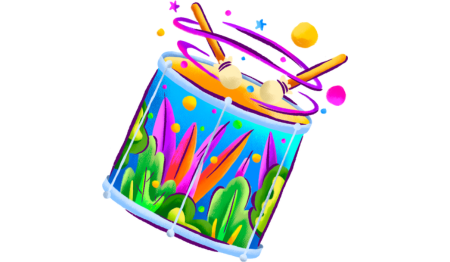
Christian Carnival Crunch: The Church’s pre-Lenten feast extravaganza! Fast forward to the Middle Ages, where the Catholic Church thought, “Hey, let’s have a pre-Lenten party!” The Carnival became a chance to feast and frolic before the season of abstinence and penance. Picture medieval folks doing the cha-cha before giving up chocolate for 40 days.
Migration Mixtape: When cultures collided and carnivals got a remix! As people migrated and cultures collided, carnival traditions evolved, adopting elements from various cultures. It was like a giant potluck where everyone brought their unique flair to the fiesta. Cue the birth of diverse celebrations worldwide.
Colonial Carnival Connection: Where the party had a global guest list! In some corners of the world, carnivals got cozy with colonization and slavery. African, European, and indigenous communities threw their ingredients into the carnival cauldron, brewing up new and vibrant ways to celebrate.
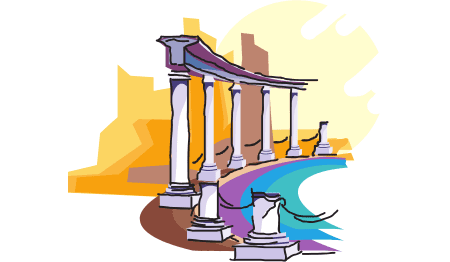
Modern-Day Carnivals
Because Who Doesn’t Love a Good Dance Party? Fast forward to today, and carnivals are global phenomena, boasting cultural expressions and local traditions that make your neighborhood block party look like a tea gathering. Each region has its customs, but the common denominator is a celebration fueled by music, dance, and creative expression, all before the somber season of Lent kicks in.
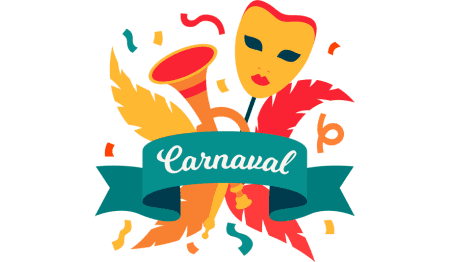
Carnivals in the History Books
Ancient Roots: Pagan Party Planning 101. The roots of carnivals can be traced back to ancient pagan celebrations, where spring’s arrival meant throwing a bash to celebrate fertility, renewal, and abundance. Think of it as a toga-clad Coachella without the flower crowns.
Medieval Madness: When the Church Said “Let Them Party.” During the Middle Ages, the Catholic Church decided to sprinkle some party dust onto their liturgical calendar. Carnivals became indulgent preludes to the somber season of Lent, making sure people got their fill of fun before embracing abstinence and reflection.
Renaissance Remix: Venetian Masquerades and Dance-offs. In the 15th and 16th centuries, carnivals got a makeover in Europe. Venetian extravaganzas featuring opulent masked balls became the stuff of legend. Basically, think of it as a historical episode of “MTV Cribs,” but with more corsets and fewer infinity pools.
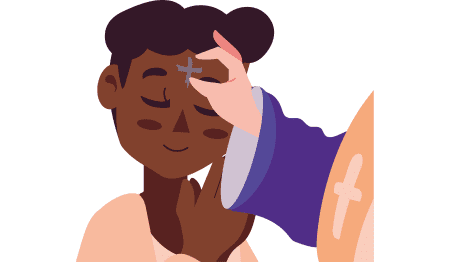
Global Carnival Fusion: When Cultures Mingled and Partied Hard. Thanks to global exploration and cultural exchange, carnivals adopted elements from diverse traditions. This led to a smorgasbord of carnival celebrations in Latin America, Africa, and beyond, proving that a good party transcends borders.
19th and 20th Century Carnivals: From intimate soirees to blockbusters. In the 19th century, carnivals experienced a revival in many European and American cities. By the 20th century, they transformed into massive commercial events with parades, music, and larger-than-life costumes. Imagine Mardi Gras but with fewer feathers and more jazz.
Contemporary Carnivals: Where tradition meets modern fun. Today, carnivals are celebrated globally, blending ancient traditions with modern expressions of creativity and joy. Despite regional variations, the essence remains the same – collective celebration, music, dance, and joyful expression before the Lenten season kicks in.

The Word “Carnival”
The word “carnival” comes from the Latin combo of “carne” (meat) and “vale” (farewell). So, essentially, it’s a fancy way of saying “goodbye, meat!” But wait, there’s more! This term reflects the historical practice of abstaining from meat during Lent in the Christian tradition.
Now, as the carnival bids adieu to meat, it’s more like a glamorous send-off rather than a somber farewell. Just remember, over time, carnivals have evolved into much more than just avoiding meat – they’re now a spectacular celebration of life.
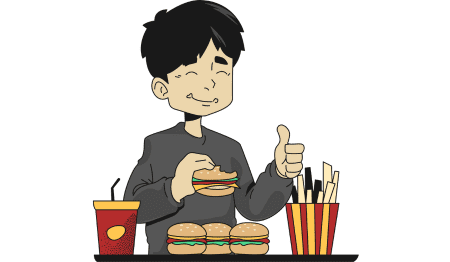
When Was the First Carnival Shindig?
Identifying the precise moment of the first carnival is trickier than explaining memes to your grandparents. The whimsical and ephemeral nature of these celebrations, combined with the lack of written records, makes pinpointing the inaugural fiesta a bit like searching for a needle in a haystack. Yet, several carnivals have stood the test of time, partying on for centuries.

Carnivals Around the Globe
Venice Carnival (Italy): The Venice Carnival is a living fossil in the carnival world, with origins tracing back to the 11th century. While they weren’t yet rocking the iconic masks, it was a precursor to the masked marvels we see today. Think of it as the Met Gala, but with more feathers and fewer paparazzi.
Cologne Carnival (Germany): The Cologne Carnival, dating back to the 10th century, has Viking vibes mixed with German precision. It’s like Oktoberfest but with even more frothy fun. This carnival has grown bigger than the beer steins it’s famous for.
Binche Carnival (Belgium): Binche Carnival, a medieval carnival dating at least to the 14th century, is Belgium’s crown jewel. Its iconic characters, the “Gilles,” rock traditional costumes, masks, and feathered hats that put runway models to shame. Move over Milan, Binche is in the house!
Oruro Carnival (Bolivia): Oruro Carnival, a celebration with roots dating back to pre-Columbian times, showcases Bolivia’s cultural richness. From the mesmerizing Diablada dance to vibrant costumes, it’s a UNESCO-declared Masterpiece of the Oral and Intangible Heritage of Humanity. Talk about a party with credentials!
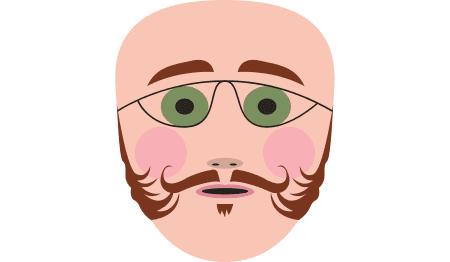
Brazilian Carnival: The Brazilian Carnival, born from European celebrations, is now a global icon. Rio de Janeiro steals the spotlight with its samba-filled parades, vibrant street parties, and more glitter than a disco ball. It’s the G.O.A.T. (Greatest of All Time) of carnival celebrations.
Mardi Gras in New Orleans (USA): Mardi Gras, meaning “Fat Tuesday” in French, is a pre-Lenten celebration ending on Ash Wednesday. Nowhere does it bigger and bolder than New Orleans. Picture elaborate parades, dazzling floats, and a bead-tossing frenzy that puts catching the bouquet at a wedding to shame.
Whether you’re donning a Venetian mask, dancing the samba in Rio, or catching beads in New Orleans, remember that carnivals are more than just celebrations – they’re living, breathing expressions of joy, creativity, and the undying spirit of human revelry.
So, grab your feathered hat, cue the music, and join the global carnival fiesta! And speaking of fiestas, why not unlock the language-learning fiesta with Kasa de Franko?

Unlock the Fiesta with Kasa de Franko
At Kasa de Franko, A Fun Language School, we don’t just teach Spanish; we teach you how to party with words! And to prove it, we’re offering a FREE lesson. Yes, you heard that right – FREE, like confetti at a carnival.
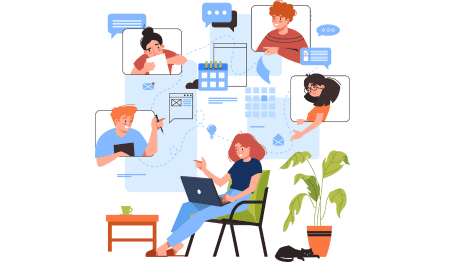
Click on the Red Button!
Sign up for your free lesson, and let’s get ready to salsa, merengue, and cha-cha into the world of Spanish and Latin American culture! Because at Kasa de Franko, the only thing more infectious than carnival vibes is our passion for teaching.
So, what are you waiting for? Dust off those dancing shoes, grab a virtual margarita, and let Kasa de Franko be your passport to a language-learning fiesta like no other! See you on the dance floor, amigos!

